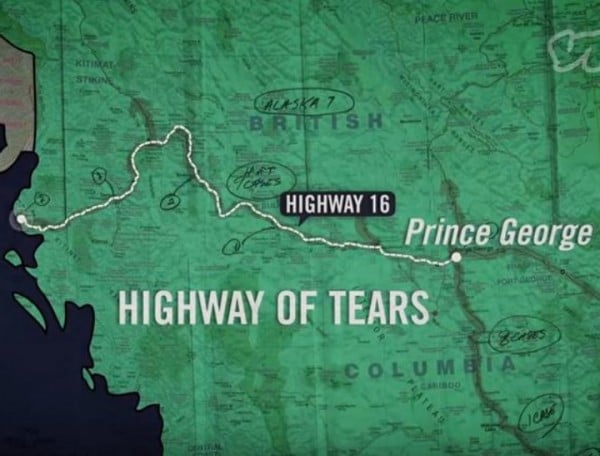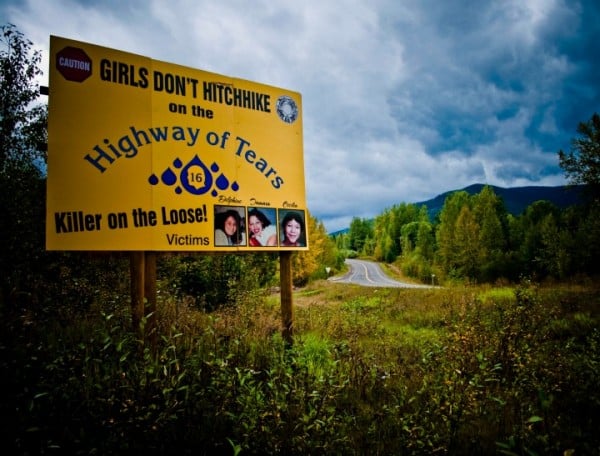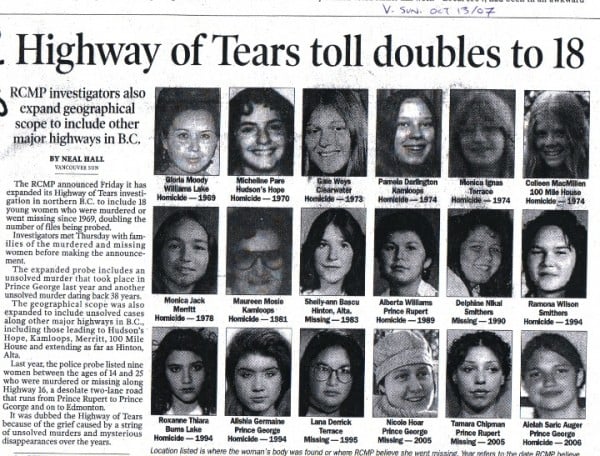
An inquest has been launched into the death of more than 1200 of Canada’s Aboriginal women.
The Canadian government announced the inquiry last week to find out what happened to the hundreds of indigenous women that have gone missing or been murdered since 1980.
A report filed by the Royal Canadian Mounted Police (RCMP) said that in 35 years, 1049 First Nation women have been murdered and over 172 are missing. Many of these remain as unsolved cold cases.
Watch the trailer for the documentary on these cases below. Post continue after video.
This inquiry comes after more than a decade of local communities calling for more police involvement, with allegations of mishandled investigations and failure to investigate women reported missing.
Canadian Prime Minister, Justin Trudeau, told an assembly of Chiefs in Ottawa, “It is time for a renewed nation-to-nation relationship with First Nations peoples.”
British Columbia has the highest amount of deaths and disappearances in the country. A common connection between many of these women is a 724km stretch of road in British Columbia, where at least 18 women (13 under the age of 20) have been killed since 1969. Locals say this number is closer to 50, with many missing persons cases going unreported in the area.




